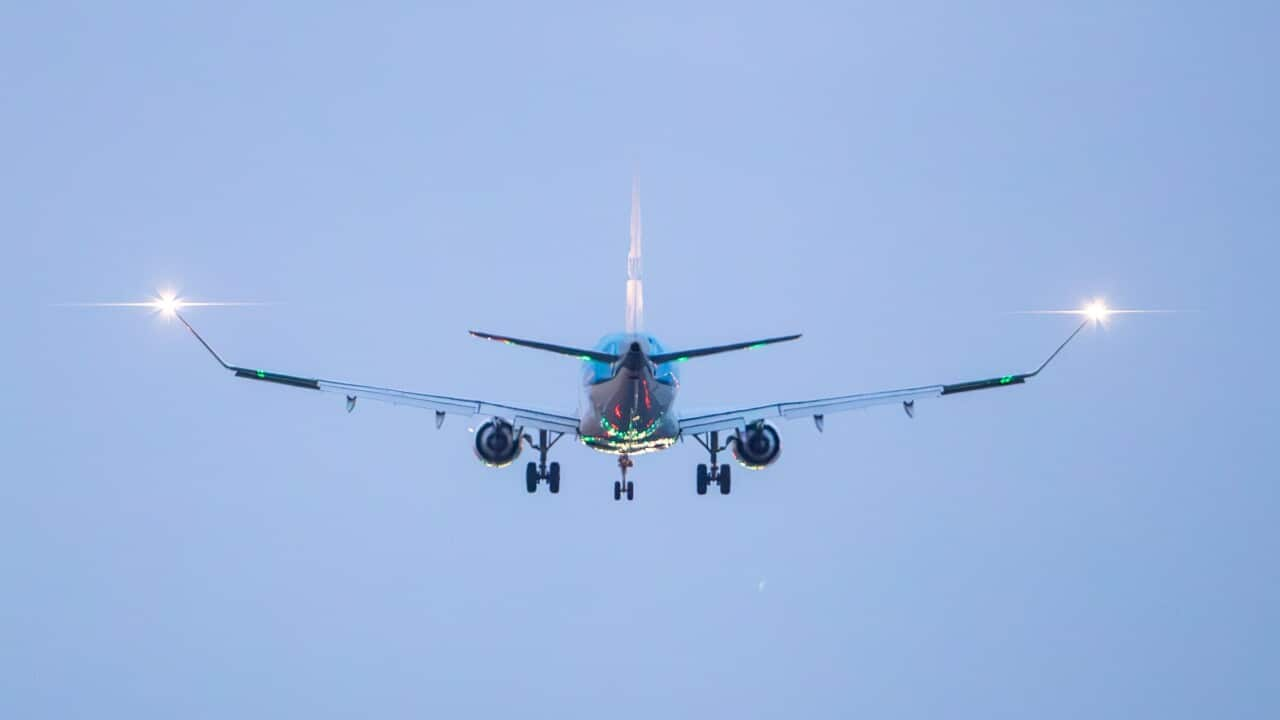A man has died of a suspected heart attack and dozens of people have been injured after a Singapore Airlines flight encountered severe turbulence.
The Boeing 777 was , prompting an emergency landing in Bangkok.
These are the flight routes and airports where you’re likely to encounter more turbulence.
Most turbulent flight routes
The flight route between Santiago in Chile and Santa Cruz in Bolivia had the highest average turbulence in the world in 2023, according to turbulence forecast tool turbli.
Turbli used its historical database of turbulence, which is built using daily forecasts from the UK Met Office and US’ National Oceanic and Atmospheric Agency, to compile its list of the most turbulent routes and airports.
Around 150,000 flight routes were analysed and ranked via eddy dissipation rate (EDR) — a measure of turbulence intensity.
An EDR of 0 to 20 is considered light turbulence, 20 to 40 is moderate, 40 to 80 is severe, and 80 to 100 is extreme.
The route between Santiago and Santa Cruz had an EDR of 17.568 last year.
The route between Brisbane and Sydney had the highest average level of turbulence in the Oceania region with an EDR of 15.31.
Three other routes in and out of Brisbane also featured in the top 10, as did Melbourne to Sydney.
Most turbulent airports
Out of the 500 largest airports in the world, Santiago is the most turbulent.
Flights in and out of the Chilean capital had an average EDR of 17.137 in 2023, according to turbli.
Japan had the highest number of entries in the top 10, with five airports among the most turbulent.
Wellington, which ranked third on the global list, was the most turbulent airport in the Oceania region.
The only capital city airports in Australia not to make the top 10 were Hobart and Canberra.
What causes turbulence?
Professor Todd Lane, deputy dean of the University of Melbourne’s faculty of science, said turbulence is most commonly caused by one of three different weather systems.
“Thunderstorms will generate turbulence both within the thunderstorm and also in the clear air surrounding the thunderstorm,” Lane said.
Another is airflow over mountains.
“Large mountain ranges will generate quite a significant disturbance in the airflow, and that can generate turbulence above the mountains,” Lane said.
“Mountain ranges like the New Zealand Southern Alps, the Rocky Mountains in the US, and the Himalayas will generate a lot of turbulence that would affect aircraft.”
The third main source of turbulence is the jet stream.
“The jet stream is a region of very strong wind in the upper atmosphere that occurs at about the same altitude that aircraft fly,” Lane said.
“When you have that very strong wind speed in the jet stream, you also have what’s called strong wind shear, which is the change in wind with altitude.
“Where you have strong wind shear, you can generate a lot of turbulence.”
Will climate change affect the frequency and severity of turbulence?
Lane said studies show that as the climate continues to change, the jet stream will get stronger, meaning intense turbulence will occur more often — but not everywhere.
“That intensification of the jet streams with climate change only occurs in those regions of the jet streams, which are in the mid-latitudes, outside the tropics,” he said.
“There’s a lot of work that’s been done looking at flights from North America to Europe in the North Atlantic, which interact with the jet stream a lot and shown that turbulence is likely to increase on those flight routes.
“Other flight routes that interact quite a lot with the jet stream would be more likely to experience a more intense turbulence on those flight routes.”
While “far less” research has examined how turbulence caused by thunderstorms will be affected by climate change, Lane said, some conclusions can be drawn.
“What we do know is in a warmer world, where the atmosphere can hold more moisture, the most intense thunderstorms are likely to become more intense — and so then it’s plausible that those storms will generate more intense turbulence in the future.”




